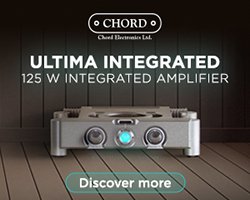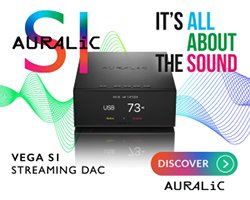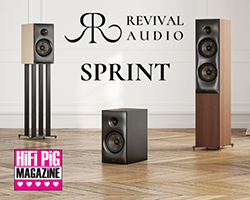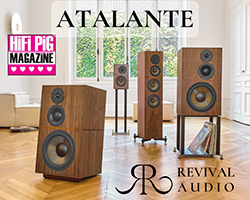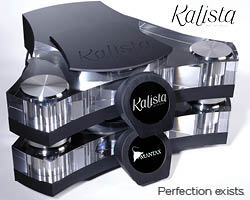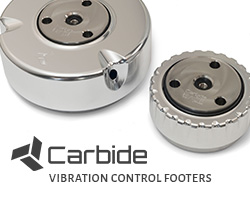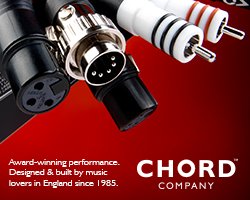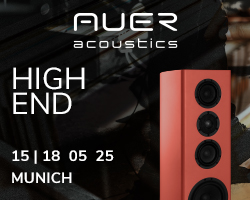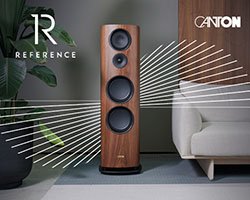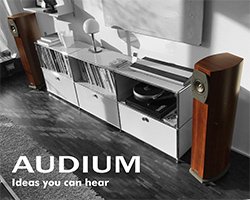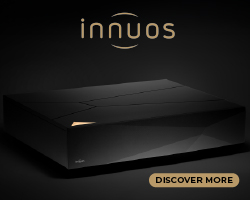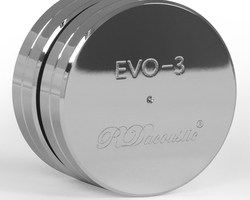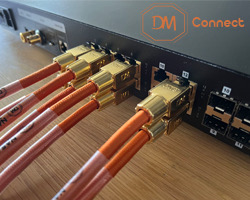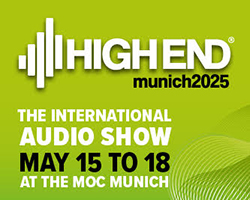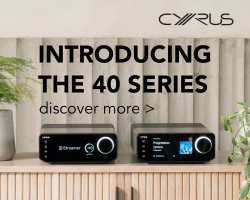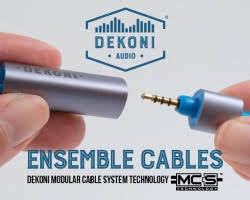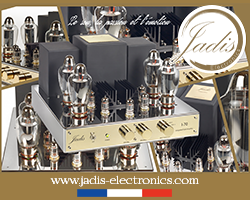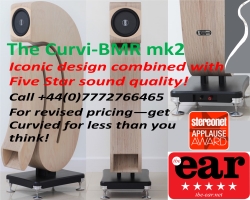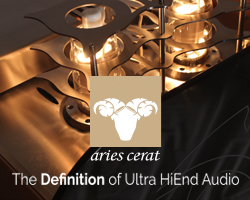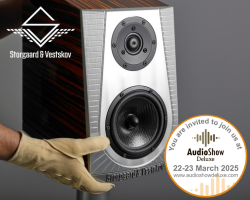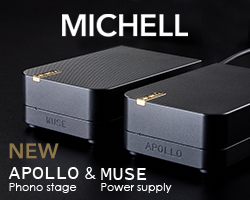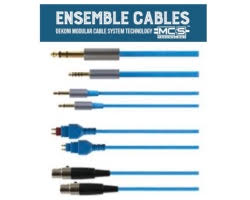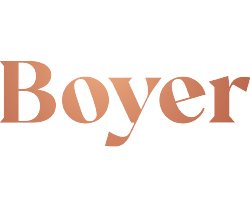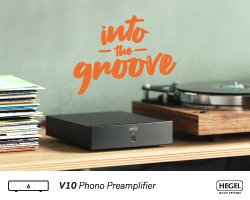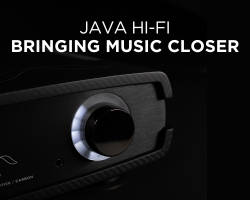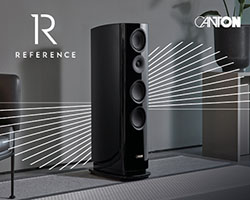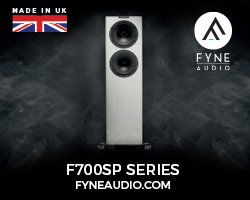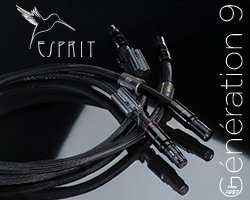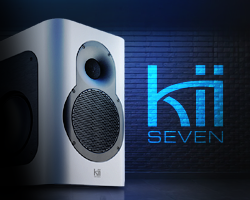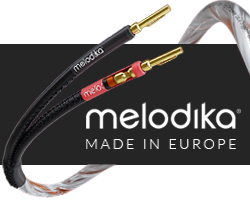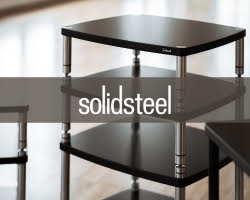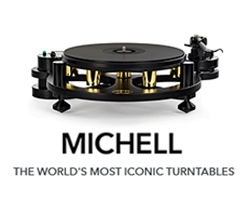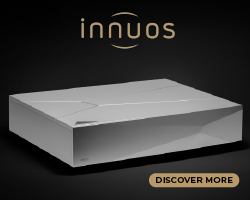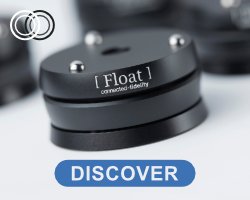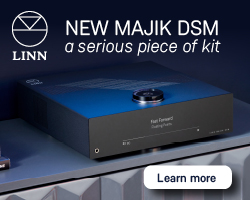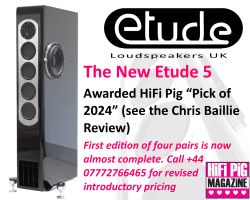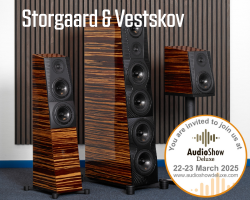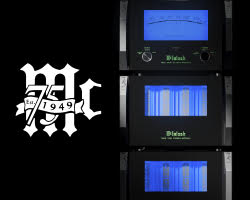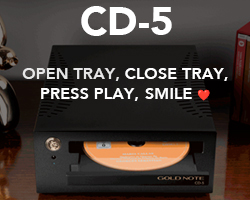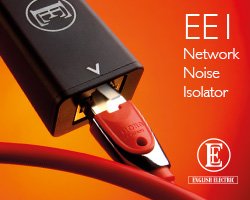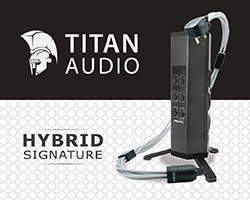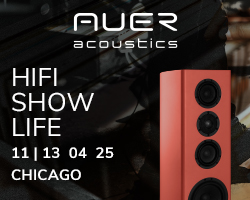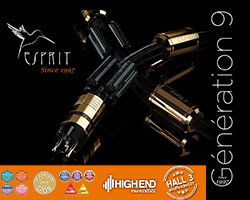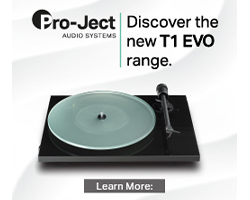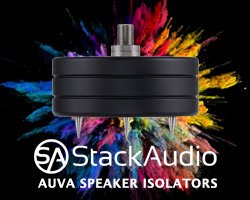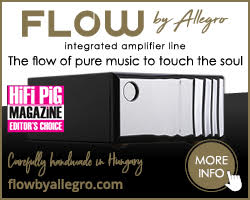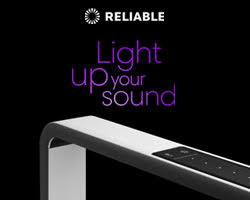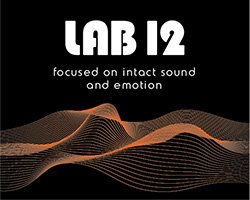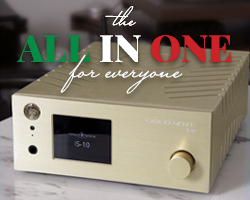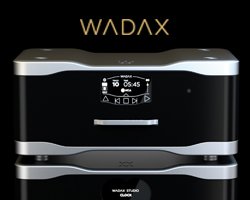TOPPING A50 III HEADPHONE AMP AND D50 III DAC REVIEW
Topping A50 III Headphone Amp and D50 III DAC review by Oscar Stewart for HiFi PiG. In this review, he will look at the latest of Topping’s A50 / D50 products, now in their third iteration, with a range of headphones. The A50 III comes in at £199 whilst the D50 III costs £229 making this sub £500, a potentially versatile headphone AMP/DAC setup.
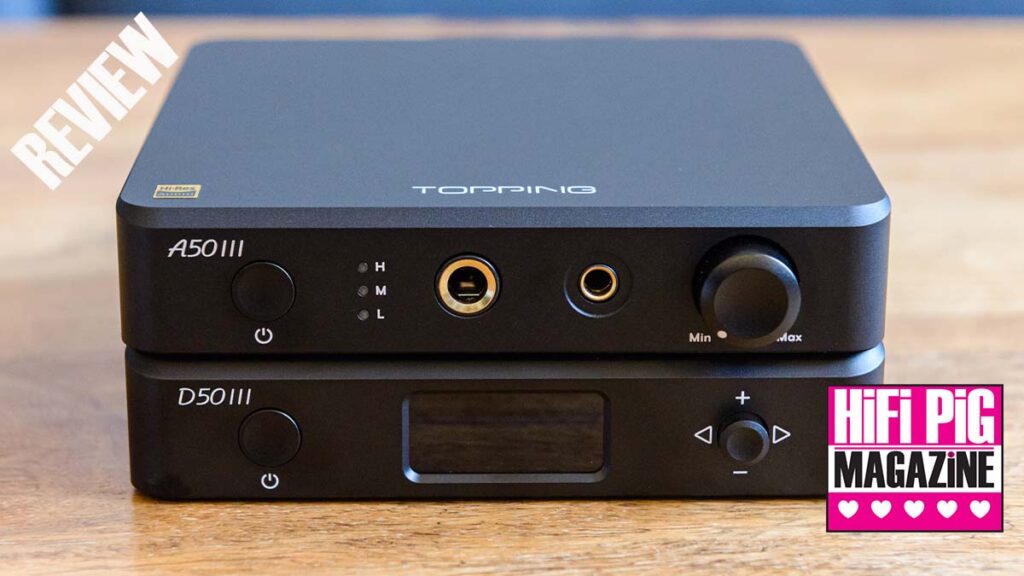
Topping has steadily been releasing a wide range of products over the past few years from DACs to headphone amps to power amps, they have a great reputation for bringing out devices that both measure, and sound excellent.
BUILD QUALITY AND FEATURES OF THE NAME OF TOPPING A50 III HEADPHONE AMP AND D50 III DAC
The build quality of Topping products has been steadily improving over time and these latest models have a refined and solid feel to them. The headphone outputs (6.3mm and 4.4mm) are tight, the volume control smooth, and the inputs and outputs on the back of each device also feel solid. The casing is aluminium and well finished, the screen on the D50 III is easy to read and the joystick allows for easy navigation of the menus. Both are available in black (as seen here) or silver.
These are budget models, but they do feel well made and once stacked do not slide across your desk easily. For the most part, they are also plug-and-play – you have both RCA and 6.3mm (TRS balanced) inputs on the A50III (AMP), alongside a 12v trigger in and USB-C for firmware updates. On the D50III (DAC) you get USB-C for power, USB-C for audio, BT antenna, Coaxial, and TOSLINK Optical inputs alongside RCA and 6.3mm (TRS balanced), and 12v trigger outputs.
The D50III has some neat features, it supports all your usual High-Res formats (up to DSD512 as usual), it uses dual ESS9039Q2M (one for each channel), LDAC Bluetooth 5.1 support, user-selectable DAC FIR filters, adjustable DPLL, and most interestingly a 10-band PEQ which can be fine-tuned via a desktop app (only works on USB input up to PCM 32/192kHz). Having such a powerful EQ in a DAC of this price is impressive and a feature that will be popular with quite a few listeners. Output from the D50 III can be set at 2v or 2.5v for RCA and 4v or 5v for the TRS balanced outputs, allowing for greater flexibility. The D50 III comes with a remote control that deals with most of the basic functions, which means you can also use it as a pre-amp should you wish.
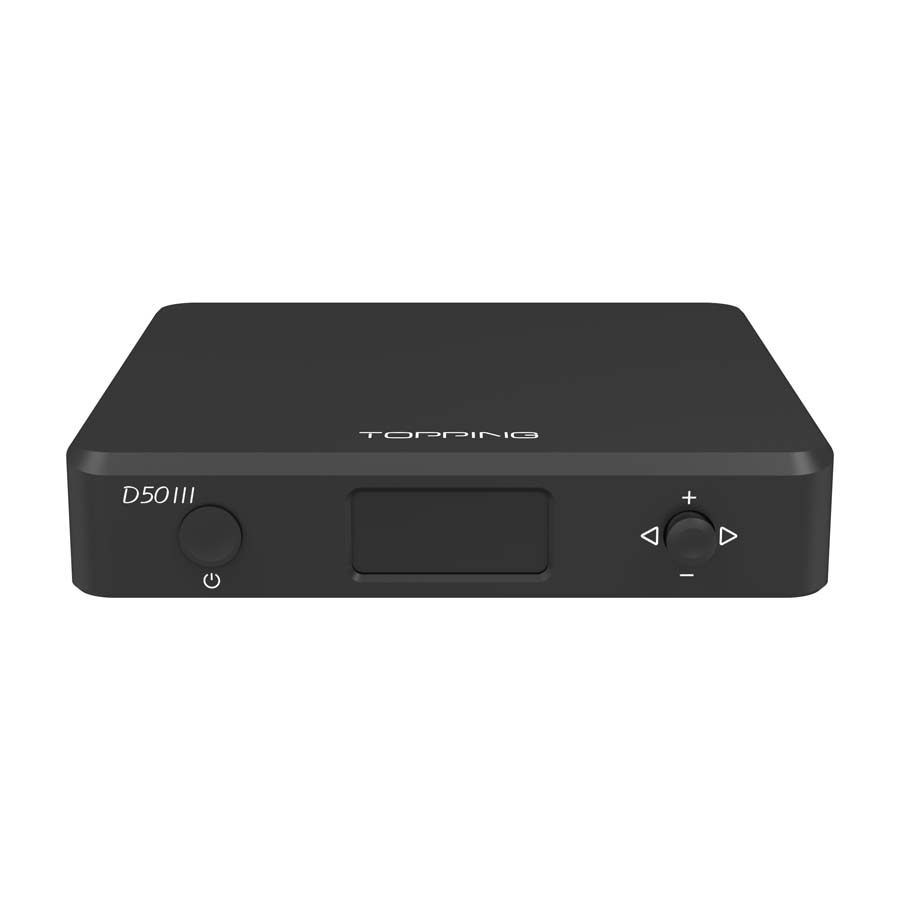
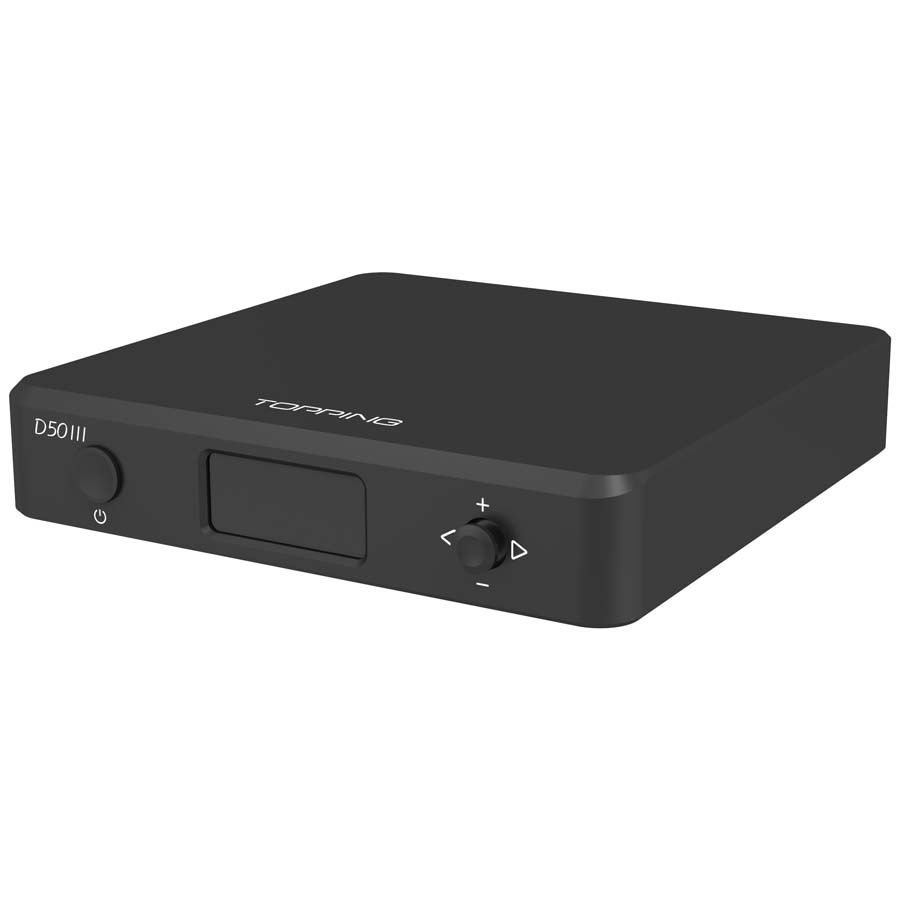


On the A50 III you get both single-ended and balanced outputs on the front (6.3mm and 4.4mm) along with L/M/H gain settings. Output impedance is lower than 0.1Ohm allowing use with sensitive IEMs, max output power is 3500mw and the great thing is that this power output is achieved both via RCA and Balanced TRS input via the 4.4mm output. This means you don’t have to have a fully balanced setup to benefit from the excellent output of the A50 III, you just need to ensure you are using the 4.4mm output when using harder-to-drive headphones.
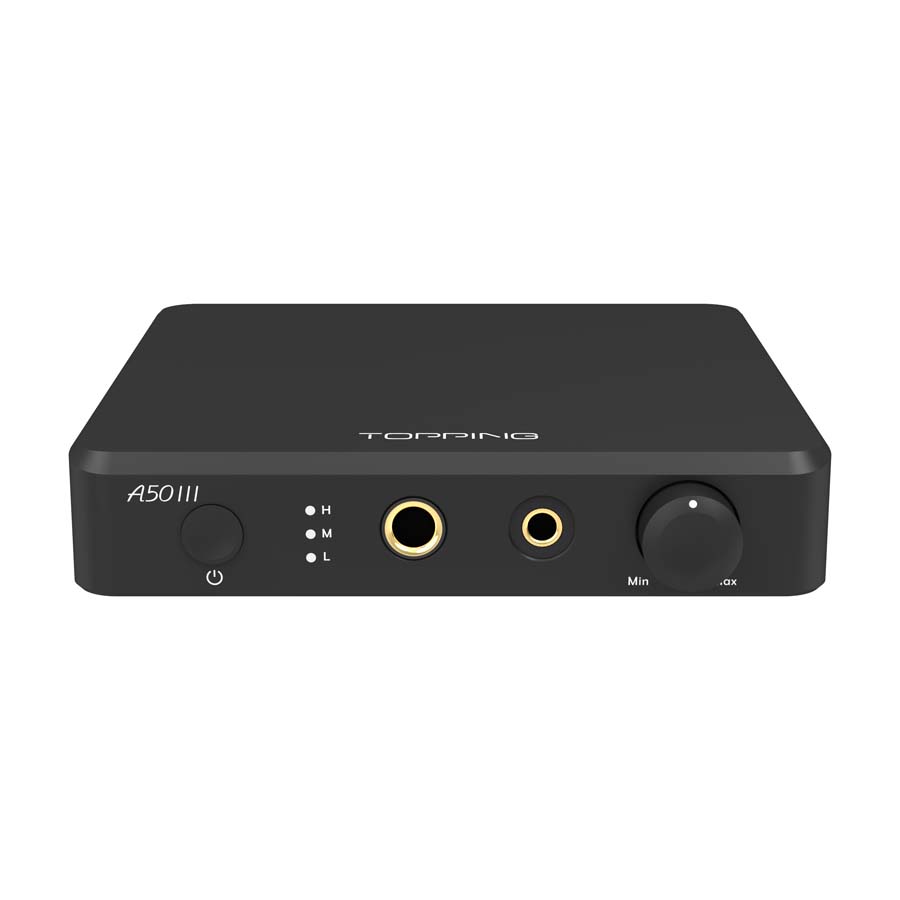

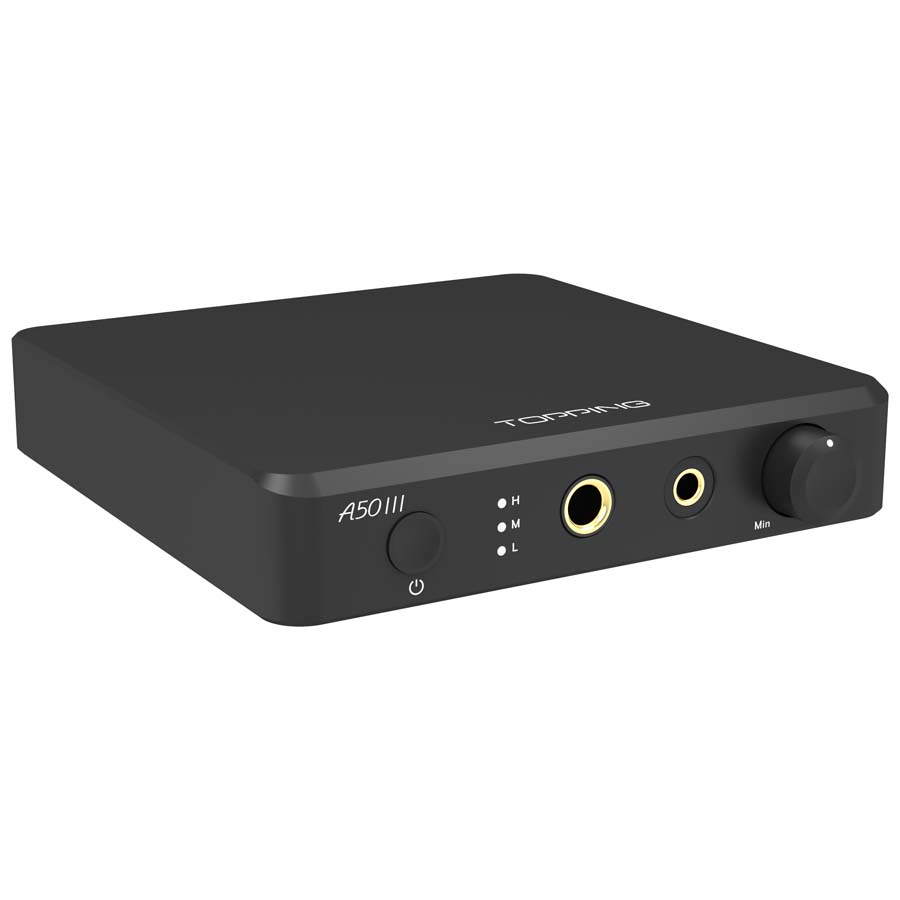

SOUND QUALITY
I have been using these stacked together using RCA between both units, as this offers slightly better SNR over balanced (not that the difference is audible). Most listening was done via Roon over USB to the D50 III – I used a range of headphones via both the single-ended and balanced outputs, which will be detailed below.
Meze 105 AER
Starting with the brand-new Meze 105 AER single-ended, listening to The Devil Wears Prada – Numb, I fealt this is a brilliant amp/DAC combo for these headphones. The 105 AER are on the warmer side and the Topping stack is neutral and detailed, bringing out excellent control and detail without removing the enjoyable qualities of the 105 AER. The bass still hits hard and digs deep yet never sounds bloated, vocals are clean, and the cymbals crash with excellent clarity. The A50 III / D50 III combo is almost analytical in its execution, there isn’t any real colouration here which allows you to hear your headphones as they were intended. It also allows you to tune the sound via the PEQ of the D50 III should you want to change anything, the core sound, however, is neutral and noise-free.
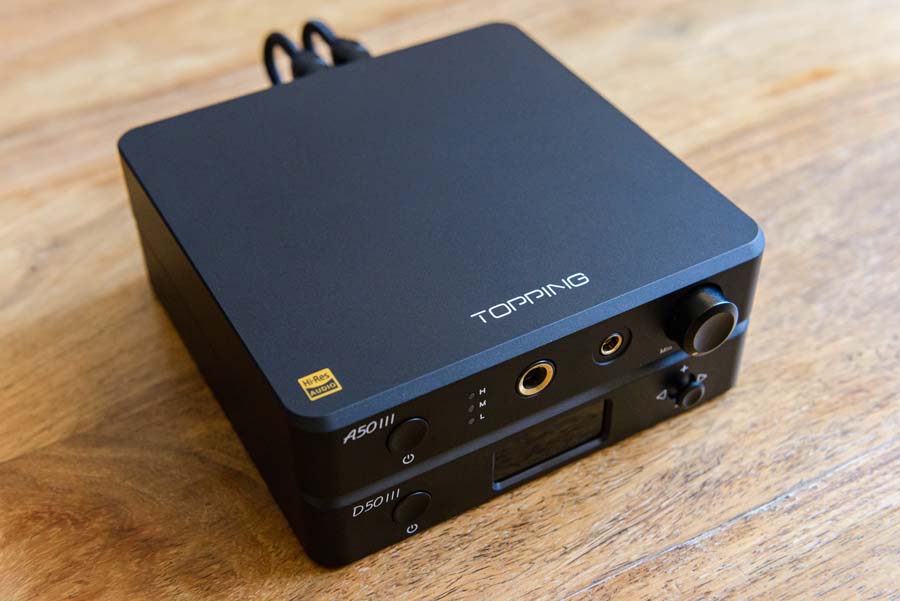
Fiio FT5
Next up is the Fiio FT5 via 4.4mm balanced, another slightly warmer-sounding headphone that works very well with the more neutral approach of the Topping stack. Vola – Paper Wolf came on and there is great definition to the individual guitar lines, being well separated from the vocals. The bass doesn’t lose any of that warmth and body that the FT5 does so well, instead, this combo brings out a little more snap and detail from them. It also adds a little extra space and width to the sound – the FT5 don’t have the biggest soundstage, yet this amp/DAC combo spreads things out a little wider than some other setups.
Beyerdynamic DT880 (600Ohm)
Now on to one of my reference headphones, the Beyerdynamic DT880 (600Ohm), I didn’t even need high gain to get these to my normal listening levels. These were once again used via the 4.4mm balanced output, these headphones do a great job at revealing little intricacies in recordings and this setup is one that will bring out the best in good recordings as well as the worst in poor recordings. There is no hiding with this combo, the clean and neutral presentation of the A50 III + D50 III paired with ruthless headphones won’t be to everyone’s taste but, do not mistake ruthless for thin or cold sound. There is still good drive to the sound and the Topping stack powers these headphones with ease, it’s more of a presentation difference, and if you want a more relaxing listen then these headphones pair better with a slightly more coloured setup. Rage Against The Machine – People of the Sun for example has an articulate bass guitar line that is very well portrayed through these, Zak’s vocals have all the power and energy they should however, the treble can be a little too much at times.

HiFiMAN Susvara Unveiled
Just for fun, I decided to hook up the HiFiMAN Susvara Unveiled to this stack and it drives them quite well, to be honest. Once again though, it’s the presentation that doesn’t necessarily lend itself to this headphone’s sound signature. The upper midrange does become a little too aggressive and these sound better out of something that has a little more refinement and body. Once again, this is not to knock the little Topping stack, the fact it drives these without any issues (I’m talking slam and bass depth, not just loudness) is a testament to its ability. The fact is, this is a more neutral and linear setup and works better with headphones that have a warmer tilt to their sound in my experience.
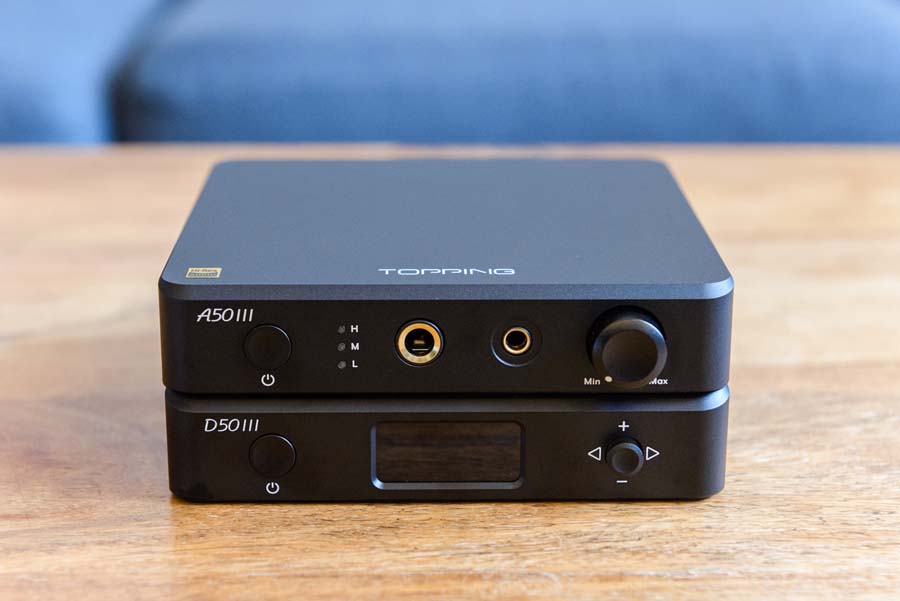
Kinera Imperial Verdandi
To test them with a pair of earphones, I got out my Kinera Imperial Verdandi – whilst they are not the most sensitive earphones, they do have quite low impedance. Nonetheless, the Topping A50 III / D50 III stack was still noise-free and well-behaved with these. The Imperial Verdandi appreciate a desktop source and they work very well with this stack. The bone conductor + dynamic driver provides a beautifully full low end, whilst the balanced armatures offer a natural midrange. The Sonion EST tweeters are never bright with this setup with City and Colour – The Love Still Held Me Near sounding very sweet. The detail retrieval is simply sublime, the overall balance and control of the sound just work, and the Topping stack is a brilliant pairing with these earphones.
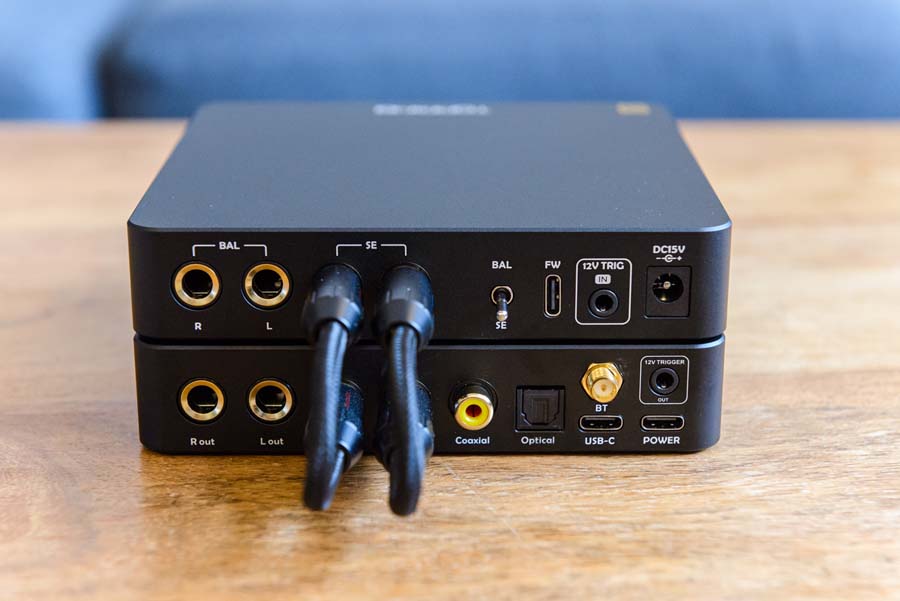
QUIBBLES
Sonically neutral devices can be a blessing or a curse, they just require the right pairings – not necessarily a quibble more something to be aware of.
The little joystick on the D50 is indeed very little and whilst not overly fiddly I feel 5 buttons would have been easier to use than a joystick.
CONCLUSION
Topping have done it once again; they are offering up lots of clean power and a sonically neutral DAC for a very reasonable price. This stack will happily drive most headphones with relative ease, it works very well with earphones too, the main consideration will be synergy with the rest of your kit.
Together the A50 III + D50 III create a very neutral-sounding AMP/DAC setup, this will work well with some headphones, and not so well with others. The PEQ built into the D50 III does, however, give you the power to tune the sound and that allows this stack to pair with pretty much any headphones you own.
It does remind me a little of the JDS Labs Atom 2 stack I reviewed not long ago, the Topping wins in features and overall power output, however, I can’t help feeling that the JDS Labs Atom 2 stack represents slightly better value for money and is slightly smoother sounding.
Overall, it will depend on your needs and what features you will and won’t use. This is a great little DAC/Amp combo that will suit the needs of a lot of headphone users out there.
AT A GLANCE
Build Quality And Features:
Hefty build for their size
Lots of features including PEQ
Sound Quality:
Clean, transparent, and neutral
Can lean towards being analytical at times
Value For Money:
Considering the build quality and features, this stack is good value for money
We Loved:
Ease of use
Uncoloured sound
We Didn’t Love So Much:
That uncoloured sound may be too analytical for some
Elevator Pitch Review: The Topping A50 III / D50 III stack offers up plenty of clean, noise-free output power to drive most headphones with ease, working equally well with earphones. The sound is linear and verging on analytical allowing you to hear your headphones as they were intended. The D50 III does, however, include a powerful PEQ allowing you to tune the sound to your liking. Overall, you get great features and functionality in a small footprint for under £500.
Very good value indeed.
Price: A50 III £199 / D50 III £229
Oscar Stewart
SUPPLIED SPECIFICATION




















































